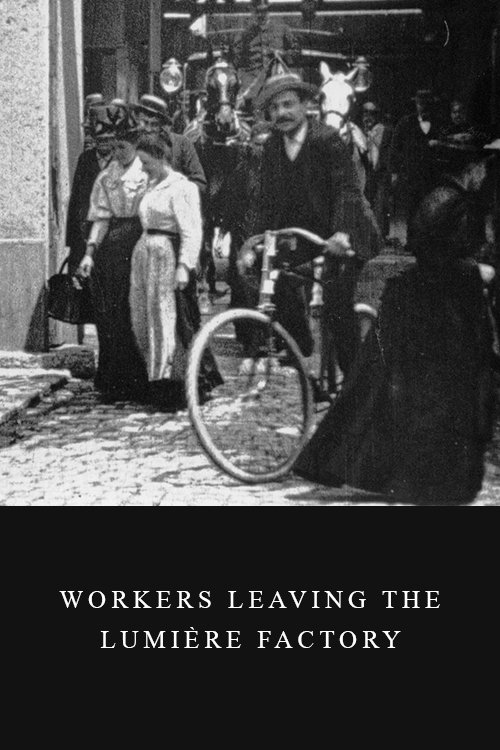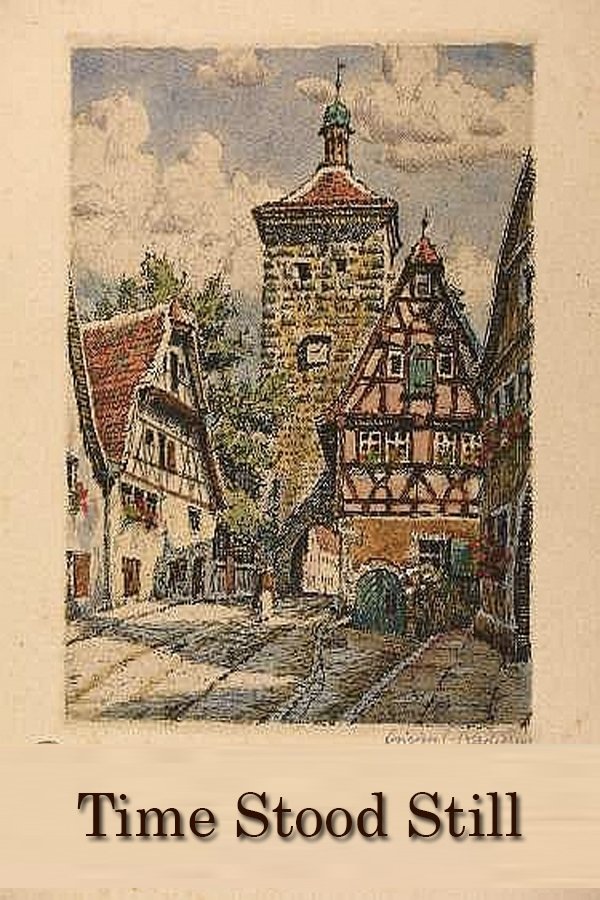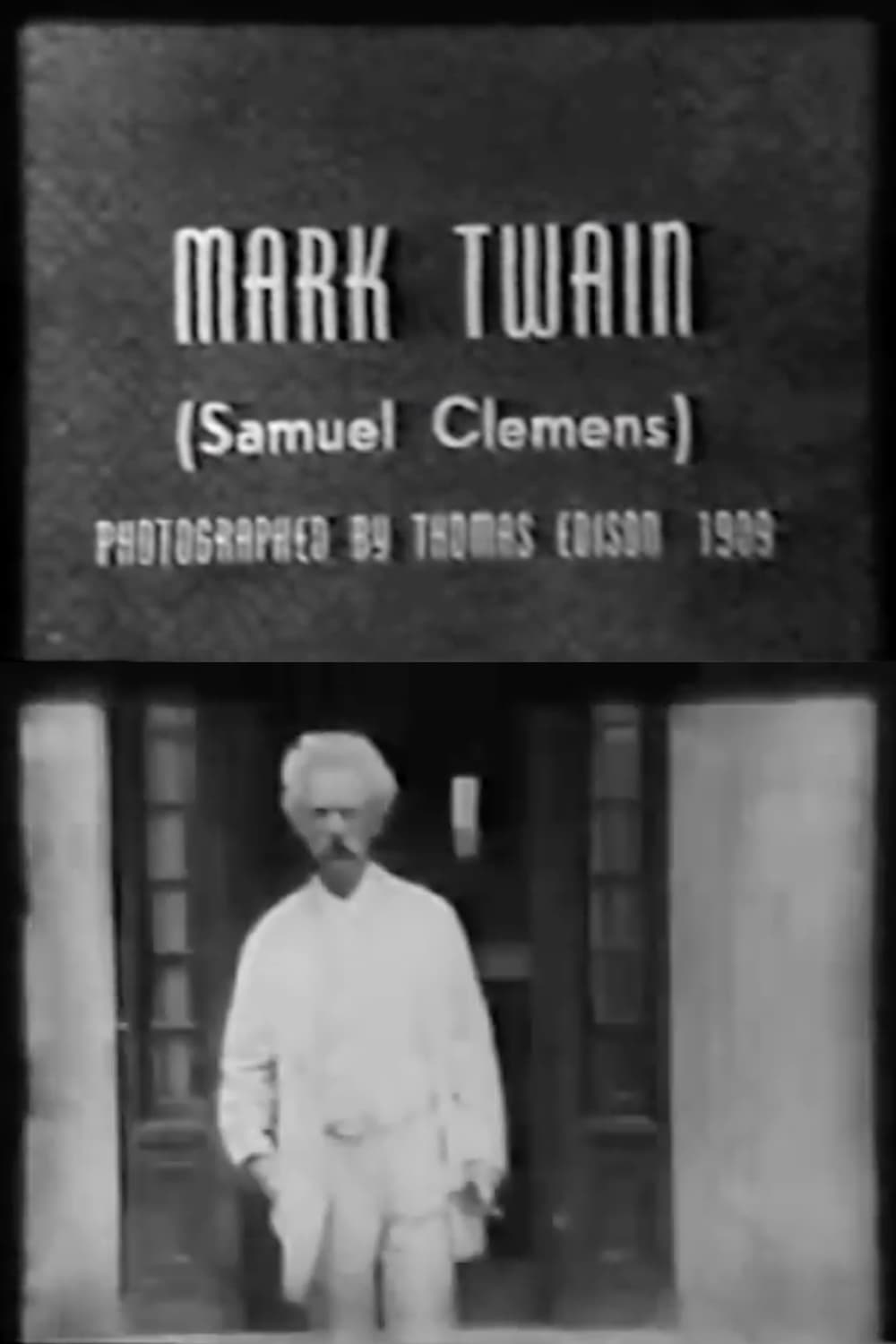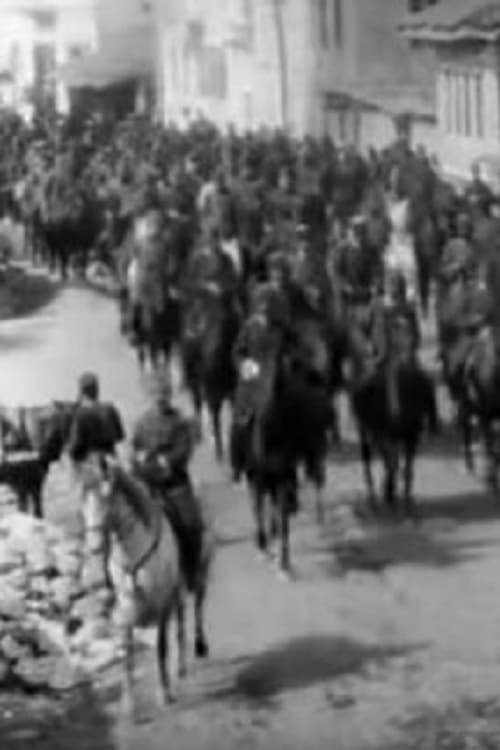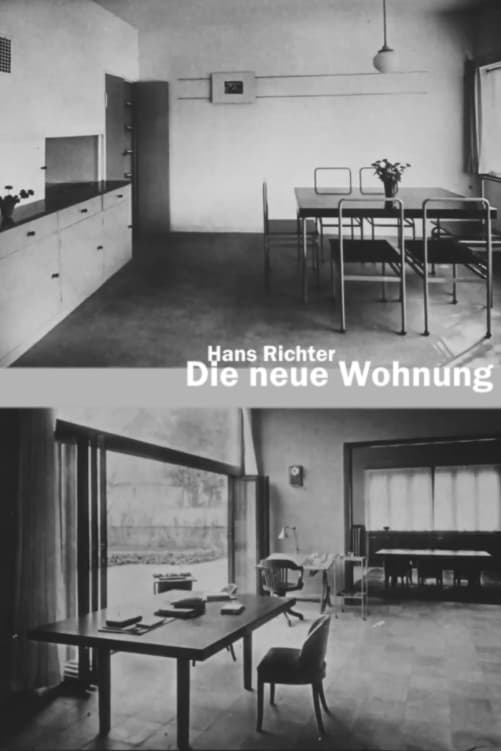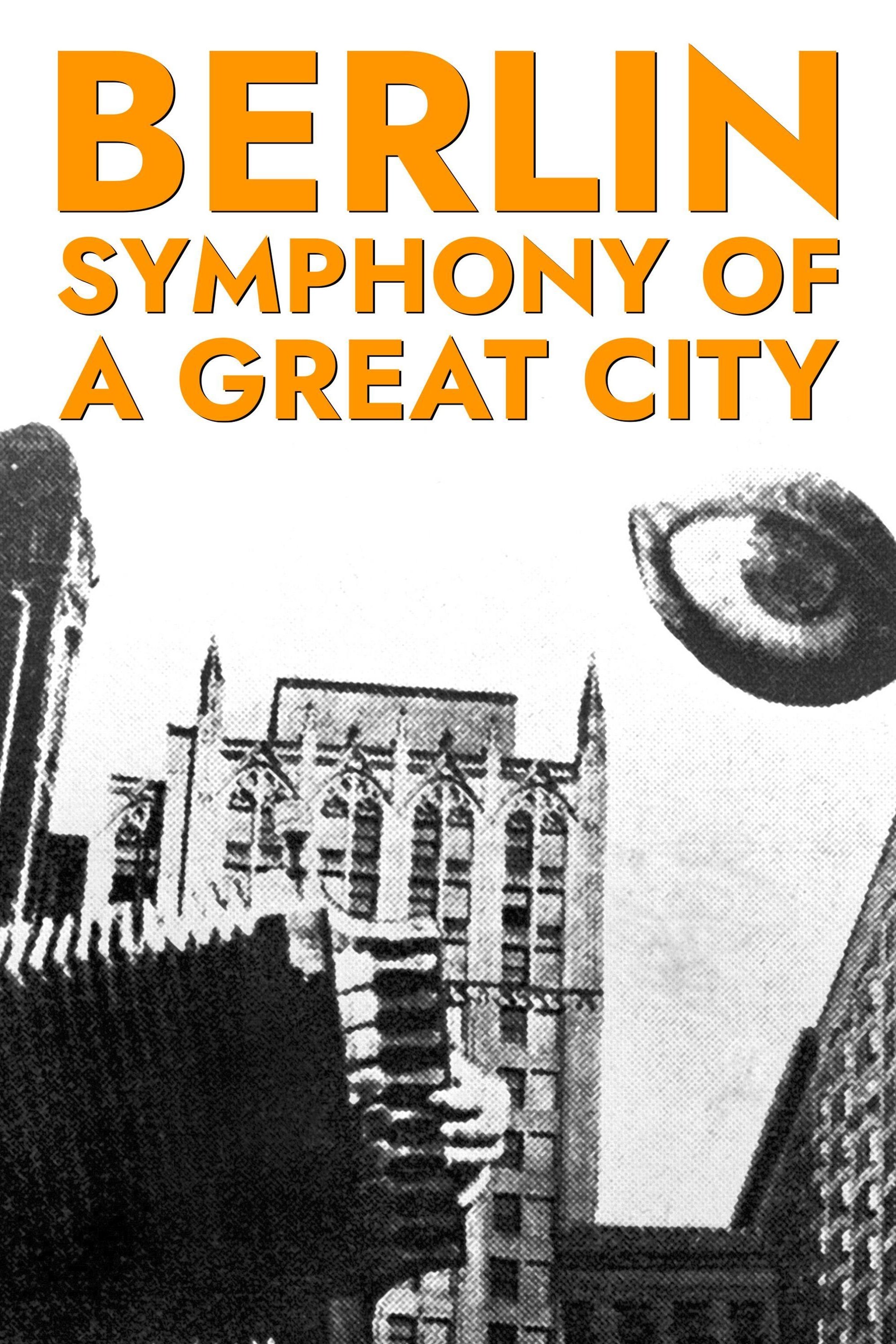
20,000 Employees Entering Lord Armstrong's Elswick Works, Newcastle-upon-Tyne (1900)
Overview
This film is part of the Mitchell and Kenyon collection - an amazing visual record of everyday life in Britain at the beginning of the twentieth century.
Production Companies
Additional Info
| Budget | $0.00 |
|---|---|
| Revenue | $0.00 |
| Original Language | en |
| Popularity | 0.116 |
Directed By
TOP CAST
Similar Movies
Nanook of the North
This pioneering documentary film depicts the lives of the indigenous Inuit people of Canada's northern Quebec region. Although the production contains some fictional elements, it vividly shows how its resourceful subjects survive in such a harsh climate, revealing how they construct their igloo homes and find food by hunting and fishing. The film also captures the beautiful, if unforgiving, frozen landscape of the Great White North, far removed from conventional civilization.
Workers Leaving the Lumière Factory
Working men and women leave through the main gate of the Lumière factory in Lyon, France. Filmed on 22 March 1895, it is often referred to as the first real motion picture ever made, although Louis Le Prince's 1888 Roundhay Garden Scene pre-dated it by seven years. Three separate versions of this film exist, which differ from one another in numerous ways. The first version features a carriage drawn by one horse, while in the second version the carriage is drawn by two horses, and there is no carriage at all in the third version. The clothing style is also different between the three versions, demonstrating the different seasons in which each was filmed. This film was made in the 35 mm format with an aspect ratio of 1.33:1, and at a speed of 16 frames per second. At that rate, the 17 meters of film length provided a duration of 46 seconds, holding a total of 800 frames.
Around China with a Movie Camera
A new film compiled from the BFI National Archive's unparalleled holdings of early films of China, features films from 1900-48 filmed across China. The cinematic journey of Around China with a Movie Camera contains many films which may never have been seen in China, or at the very least not for over 70 years. These travelogues, newsreels and home movies were made by a diverse group of British and French filmmakers, some professionals, but mainly enthusiastic amateurs, including intrepid tourists, colonial-era expatriates and Christian missionaries.
One Got Fat
This bicycle-safety film shows children what can happen when bicycles are driven carelessly and recklessly.
Crabs and Shrimp
Jean Painlevé is interested here, with the help of Eli Lotar, in crabs and shrimps. He is particularly interested in detailing their anatomy and observing their mating and fighting behavior.
Time Stood Still
Time Stood Still is a 1956 Warner Brothers Scope Gem travelogue, filmed the previous year in Dinkelsbühl, and presented in the wide-screen format of CinemaScope, directed by André de la Varre. It was nominated for an Academy Award for Best Live Action Short Film at the 29th Academy Awards.
Mark Twain (Samuel Clemens)
Documentary footage of the author and his two daughters at home.
Opening of the Kiel Canal
The opening of the Kiel Canal in Germany by Kaiser Wilhelm II on 20 June 1895.
Fight for the Dardanelles
The film uses stop-frame animation to create maps on the screen, and showed the then-current military situation in the Dardanelles, using various maps to assist understanding. Small cardboard cut-outs show the deployment of men and ships. Intertitles explain tactics, and shelling explosions are illustrated by clouds of cotton wool.
The Arrival of a Train at La Ciotat
A group of people are standing along the platform of a railway station in La Ciotat, waiting for a train. One is seen coming, at some distance, and eventually stops at the platform. Doors of the railway-cars open and attendants help passengers off and on. Popular legend has it that, when this film was shown, the first-night audience fled the café in terror, fearing being run over by the "approaching" train. This legend has since been identified as promotional embellishment, though there is evidence to suggest that people were astounded at the capabilities of the Lumières' cinématographe.
The New Apartment
A commissioned film for Schweizerischer Werkbund (SWB), Die neue Wohnung was produced for the Basel architectural and interior design exhibition, WOBA, to demonstrate innovative aspects of modern architecture and highlight their differences from the event’s highly conservative approach. Despite its ad campaign roots, Richter's touch is not absent; The surviving version, aimed at a "bourgeois" Swiss public, presents decluttered, functional architecture and decor as superior to the traditional and luxurious "ancient" ways of living.
Berlin: Symphony of a Great City
A day in the city of Berlin, which experienced an industrial boom in the 1920s, and still provides an insight into the living and working conditions at that time. Germany had just recovered a little from the worst consequences of the First World War, the great economic crisis was still a few years away and Hitler was not yet an issue at the time.
Cavalcade of Dance
Ballroom dancers Veloz and Yolanda perform the various dance fads of the first half of the twentieth century.

